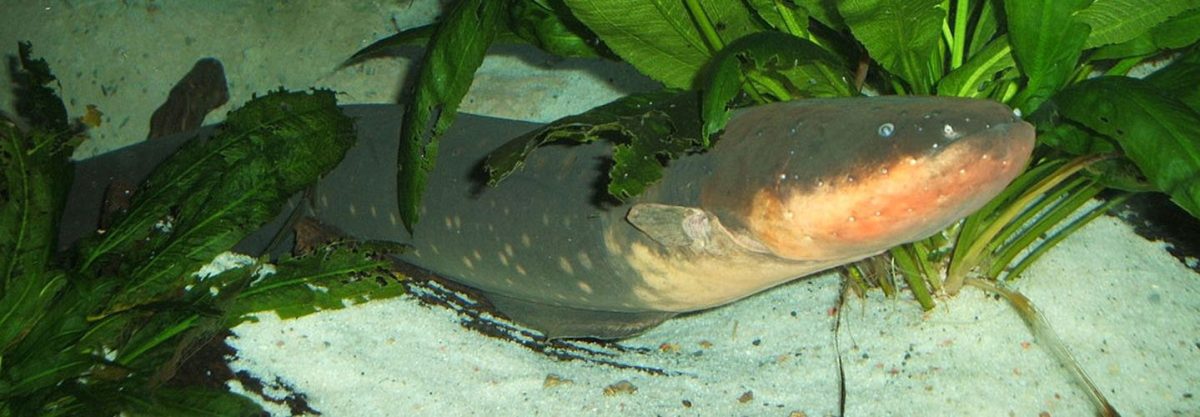Electric eels, who can be found at the bottoms of ponds and streams in the Amazon and in river basins in South America, can cause a shock powerful enough to knock a horse off its feet, writes Smithsonian. Where do they get this amount of power? From cells called electrocytes that discharge when the eel is hunting or feels threatened. Researchers have found inspiration the eels to develop new power sources that could one day power electrical devices in the human body, like a pacemaker and prosthetic organs. Max Shtein, a chemical engineer at the University of Michigan who worked on the research told Smithsonian that electric eels can synchronize the charging and discharging of thousands of cells in their bodies. He called it a “rather clever wiring scheme.” Electric eels have large, flat electrocytes that are stacked together horizontally. The surrounding tissue insulates the electrocytes so that voltage flows forward to the water in front of the fish, then flows back to create a complete circuit. Shtein and his team tried to copy the eel’s physiology by creating about 2,500 units made of sodium and chloride dissolved in water-based hydrogels. The researchers hope to keep working on the battery and get it to a point where it is possible to permanently power an implanted device without external input.
Thanks for reading InsideHook. Sign up for our daily newsletter and be in the know.


















